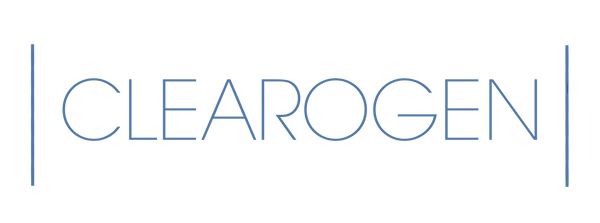The Difference Between Acne and Pimples
Share
 So, you thought it was just a pimple and now it’s a spreading mass to other areas of the face, causing pain and discomfort, not to mention a dip in your confidence. This week, we are giving you the down and dirty on what the difference between a pimple and true acne is, as well as symptoms and treatments.
So, you thought it was just a pimple and now it’s a spreading mass to other areas of the face, causing pain and discomfort, not to mention a dip in your confidence. This week, we are giving you the down and dirty on what the difference between a pimple and true acne is, as well as symptoms and treatments.The literal definition of a pimple is: a small hard inflamed spot on the skin. That doesn’t seem to quite cover what a pimple really is, does it? They differ from face to face and come in many shapes and sizes. There are black heads, white heads, tender red bumps and large red nodules. Whatever form a zit takes, you might be tempted to squeeze it, but you should resist!
Did you know that a pimple contains debris and bacteria that can spread to another pore, causing another pimple, if you don’t tackle it properly. Left alone, a blemish will heal itself in 3 to 7 days. Popped improperly, it can linger for weeks or even lead to scarring.
For some, breakouts go beyond a pimple or two, and create a very common problem we all know as acne. Acne usually occurs by more frequent breakouts, multiple pimples at one time, often sore and inflamed and caused by an excess of oil in the pores. This oil accumulates below the skin and can lead to clogging, thus causing another pimple.
Here are 4 things to know about acne-prone skin:
- Water is great, but it won’t prevent acne: Studies show that increasing your intake of water improves skin texture, but won’t get rid of acne and stubborn pimples.
- Keep the AC away from your sleeping area: Being in close proximity to the cold air can dry out your skin and lead to oil imbalances that can ultimately make your acne worse.
- The sun is worse for your acne than you thought: The sun’s rays are pro-inflammatory, meaning they irritate existing pimples. Your skin’s full-blown negative reaction to the sun is delayed, however, which is why you may notice a temporary improvement in your complexion.
- Keep your gym clothes clean: It’s crucial to clean anything you wear that touches or rubs against your face, or other problem areas, because unwashed clothes can spread acne-causing bacteria.
Clearogen products are one of the highest rated on the market for treating mild to severe forms of acne. If you are ready for a change and interested in trying some of our products, visit our website to learn the Science behind the success stories! If you are ready to shop, click here.
Sources:
http://www.huffingtonpost.com/2012/09/04/is-it-okay-to-pop-pimple_n_1837502.html
http://www.medicalnewstoday.com/articles/71702.php
